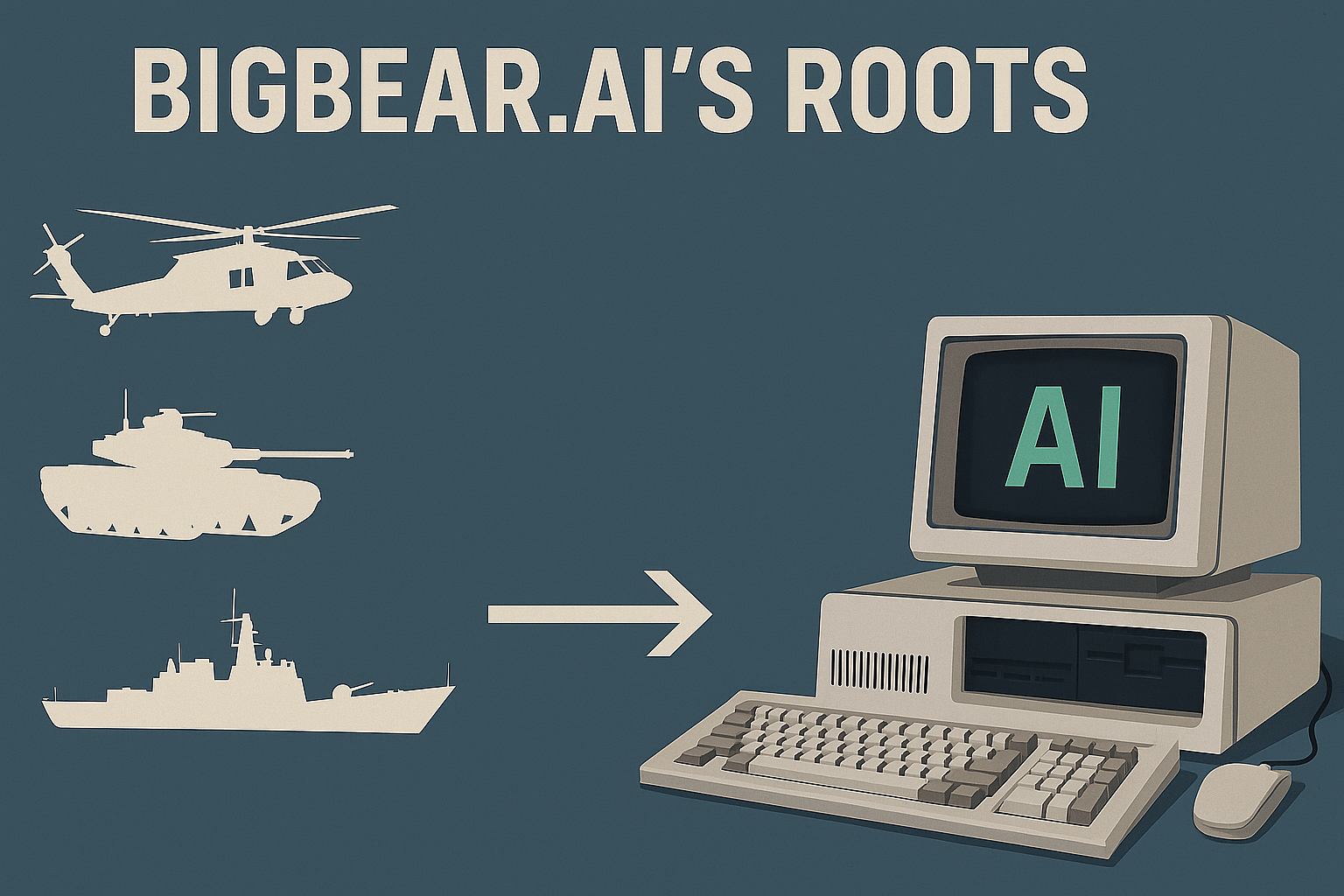
BigBear.ai, known today as a rising force in artificial intelligence and advanced analytics, traces its roots back to 1988—a legacy intertwined with U.S. defense priorities and the evolution of digital decision-making. Over the decades, the company has undergone numerous transformations, pivots, and rebrandings, each reinforcing its place at the crossroads of military innovation and commercial AI leadership.
A Defense-Centric Beginning
BigBear.ai’s foundation can be traced to the late 1980s, a time when Cold War tensions spurred the U.S. government to invest heavily in digital intelligence and military analytics. The original business—then operating under a different name—served as a boutique defense contractor specializing in software tools for military logistics, mission planning, and data fusion. Its client list was dominated by the Department of Defense, intelligence agencies, and allied militaries.
During these early years, the company was involved in key defense modernization efforts, providing analytics for operations such as Desert Storm and later supporting logistics during the conflicts in the Balkans and the Middle East. Its early expertise in secure communications, scenario simulation, and data-driven operational planning laid the groundwork for the advanced analytics it would later deploy in the commercial AI sector.
Growth, Mergers, and Expanding Capabilities
The post-9/11 era saw a dramatic increase in demand for real-time analytics and advanced situational awareness across both defense and homeland security domains. Responding to new threats and technological shifts, the company expanded aggressively through a series of acquisitions, eventually unifying several analytics-focused businesses under one brand.
By the 2010s, BigBear.ai had emerged as an umbrella entity for multiple specialized firms. These units brought expertise in machine learning, predictive analytics, cloud-based data integration, and cyber operations. The company positioned itself as a full-stack solutions provider—delivering not just analytics but the foundational platforms, custom software, and data science needed for modern defense and intelligence missions.
The Birth of BigBear.ai and Public Debut
In 2021, the company officially became BigBear.ai following a strategic merger and rebranding effort designed to capitalize on the growing commercial appetite for AI-driven insights. This transition was marked by its public listing on the New York Stock Exchange as (NYSE:BBAI), opening the door to broader investment and partnerships beyond the defense sector.
The company’s public debut coincided with an explosion in demand for artificial intelligence across government, healthcare, logistics, and manufacturing. BigBear.ai leveraged its decades-long experience in handling sensitive, high-stakes data to deliver robust AI products—ranging from decision intelligence platforms and predictive maintenance systems to AI-enabled cybersecurity.
AI Leadership and Vision Today
BigBear.ai’s current leadership sees itself at the intersection of operational analytics and responsible AI. The company is a trusted partner for major branches of the U.S. military, supplying solutions that enhance readiness, streamline logistics, and boost real-time threat assessment. Simultaneously, it has gained a foothold in the private sector, delivering supply chain intelligence, risk analytics, and AI-powered planning to Fortune 500 companies and critical infrastructure operators.
A major differentiator for BigBear.ai is its unique heritage: unlike pure-play commercial AI startups, its technology has been stress-tested in national security environments. Its AI solutions are designed for resilience, auditability, and mission-critical reliability—traits increasingly valued in sectors facing regulatory and operational uncertainty.
Financial Performance and Market Position
After its NYSE debut, (NYSE:BBAI) experienced volatile trading as investors weighed its defense heritage against the crowded and hype-driven AI market. However, BigBear.ai’s strategy of balancing government contracts with commercial expansion has yielded growing revenues, with recent contracts from the U.S. Army and new partnerships in drone AI, manufacturing, and transportation analytics.
The company continues to invest heavily in R&D, aiming to stay ahead in fields such as generative AI for intelligence, explainable machine learning, and edge analytics for autonomous systems. While the market remains highly competitive, BigBear.ai’s legacy, focus on mission-critical applications, and public-sector relationships have helped it carve out a defensible niche.
Looking Ahead
BigBear.ai’s journey from a 1988 defense analytics shop to a publicly traded AI innovator highlights the value of deep technical experience, adaptability, and a willingness to evolve alongside emerging threats and technologies. As AI’s importance in national security, commerce, and everyday life accelerates, BigBear.ai’s role as a bridge between legacy defense innovation and future-facing AI leadership is likely to remain vital for years to come.
Disclaimer: This article is for informational purposes only and does not constitute investment advice. Please conduct your own research or consult a financial professional before making investment decisions.
